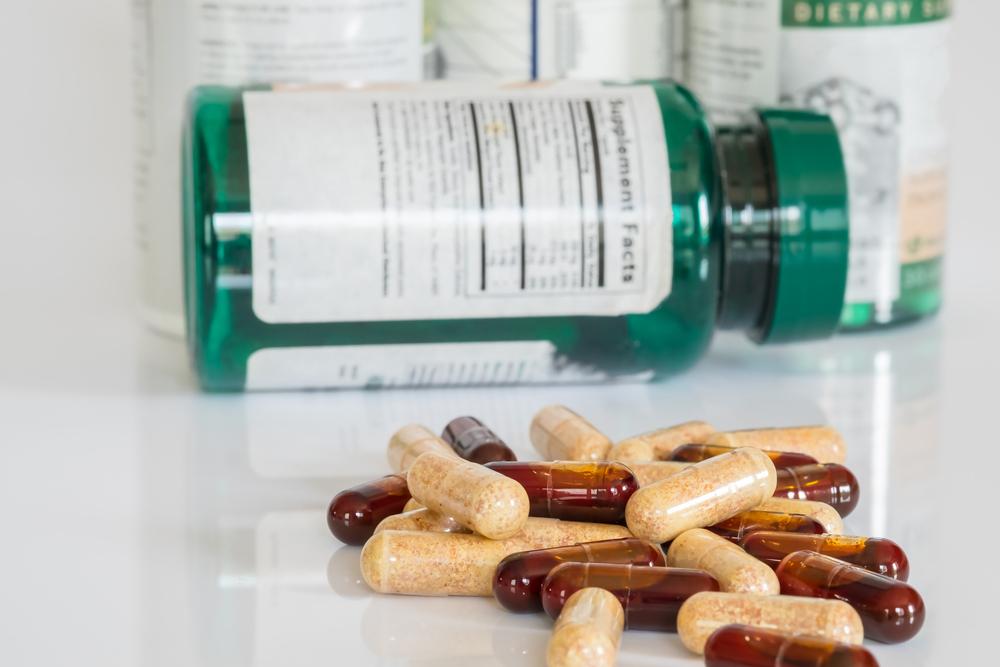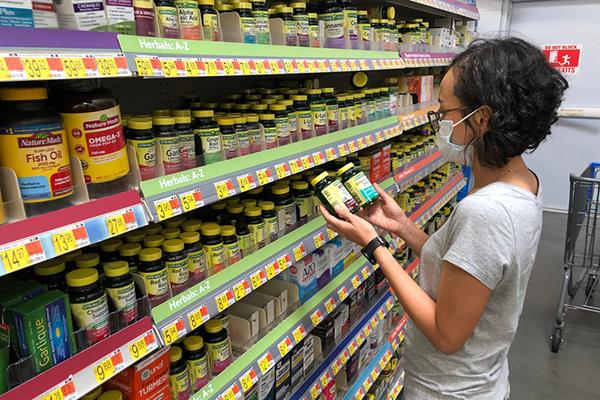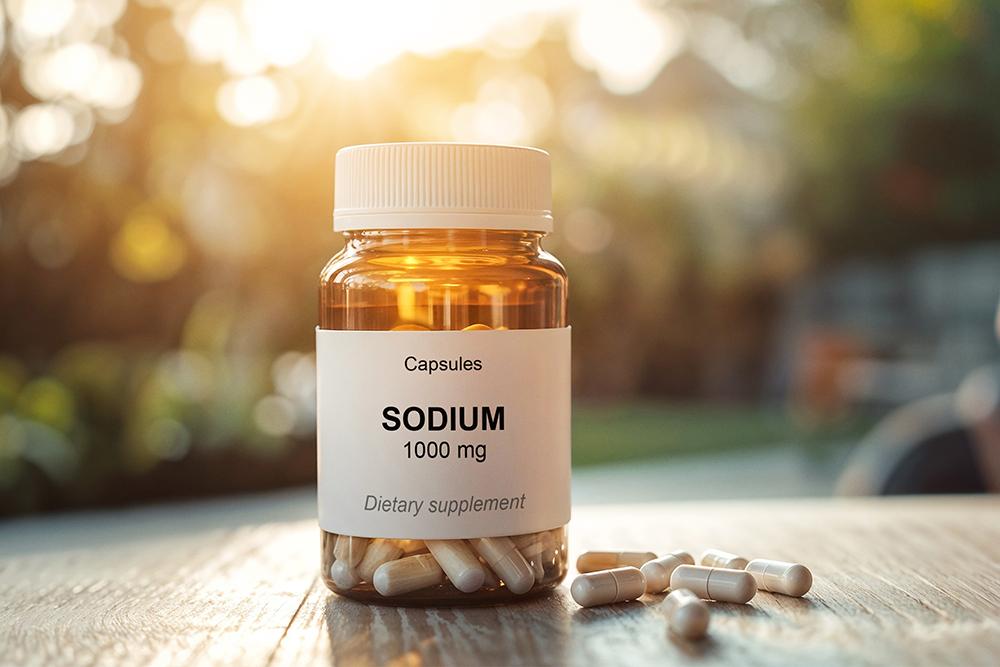 Did you know supplements aren’t regulated like medications? Did you know that a ‘natural’ supplement doesn’t mean a safer supplement? Did you know that you can’t trust supplement labels? Due to post-market regulation, all supplements come with some amount of risk, which you can learn more about below.
Did you know supplements aren’t regulated like medications? Did you know that a ‘natural’ supplement doesn’t mean a safer supplement? Did you know that you can’t trust supplement labels? Due to post-market regulation, all supplements come with some amount of risk, which you can learn more about below.
This five-part series on supplements will give you an overview of the dietary supplement industry so that you can decide if the potential benefits of dietary supplements outweigh those risks. And, if you find you do need to use supplements, how you can better choose a low-risk product.
Post-Market Regulation
For both athletes and other consumers, there is often a misconception that dietary supplements are safe since they must go through the same rigorous vetting process that medicines and medical devices go through. Unfortunately, that isn’t the case. Supplements are regulated in a post-market manner, meaning that neither the Food and Drug Administration (FDA) nor any other regulatory body evaluates the contents or safety of supplements before they are sold online and at major retailers, including grocery stores and GNCs.
Contamination
 Due to post-market regulation, the use of unhealthy, low-quality, or unlisted ingredients is a big problem in the supplement industry. Even though there are many high-quality and safe dietary supplements on the market, there is always the possibility that the supplement an athlete chooses could contain dangerous or illegal ingredients.
Due to post-market regulation, the use of unhealthy, low-quality, or unlisted ingredients is a big problem in the supplement industry. Even though there are many high-quality and safe dietary supplements on the market, there is always the possibility that the supplement an athlete chooses could contain dangerous or illegal ingredients.
There are often no warning signs that a product is unsafe, and many athletes have suffered health problems or had positive drug tests from using products that are incorrectly labeled or contaminated with dangerous ingredients, such as anabolic steroids, pharmaceuticals, or research drugs. Sometimes, risky or dangerous ingredients are even listed right on the label or identified by a confusing name. Supplements can also contain low-quality ingredients, or old or unstable ingredients that degrade very quickly.
Other supplements might not even contain the ingredients on the label. The FDA and other organizations list many examples of tested products containing zero amounts of a listed ingredient. In some situations, this could lead to malnutrition if the athlete stops eating foods with the ingredient because they relied solely on the supplement.
False advertising
Because the benefits of dietary supplements are often exaggerated, the decision to use a product should be based on nutritional needs and not any competitive advantage a product claims to offer. Despite the claims a dietary supplement might make in its advertising, there are no regulatory or enforcement agencies that check to make sure the advertisements are accurate.
Sometimes dietary supplements with the same ingredients even claim to improve wildly different aspects of performance. For example, whey protein is advertised to be the key ingredient in both weight-gain and weight-loss products, implying that the same ingredient somehow has opposite effects. The benefits listed on supplement packaging and advertising sound nice, but it’s important to remember that what a product can do for an athlete doesn’t always match up with the label. Because of this, athletes and consumers should ignore advertising and focus instead on the research about the individual dietary ingredients, such as basic vitamins and minerals.
CASE STUDY: EVERY SAFE SUPPLEMENT CAN POSE A RISK
In 2013, a Long Island doctor noticed that his patients were showing symptoms normally associated with anabolic steroid use, such as liver damage, blood clots, muscle pain, masculine features appearing in women, and even testicular shrinkage, infertility, and gynecomastia (breast tissue development) in men. These patients had all gone to the same chiropractor, who prescribed Healthy Life Chemistry vitamins by Purity First to each of them.
 Although the label of these products appeared normal and didn’t list unusual ingredients for a vitamin, regulators discovered anabolic steroids in the products after investigating health complaints. The ensuing warning letter from the FDA was initially ignored by Purity First, and the contaminated products remained on sale until they were finally recalled and destroyed after further federal pressure.
Although the label of these products appeared normal and didn’t list unusual ingredients for a vitamin, regulators discovered anabolic steroids in the products after investigating health complaints. The ensuing warning letter from the FDA was initially ignored by Purity First, and the contaminated products remained on sale until they were finally recalled and destroyed after further federal pressure.
Although Purity First supplements are no longer on the market, stories like this are all too common, and the FDA’s list of recalled supplements grows every month. It’s important for consumers to remember that the label does not always paint an accurate picture of what is, or isn’t, in a supplement.
Even simple, safe-looking products from seemingly reputable companies can be contaminated with dangerous ingredients that can cause serious health problems and violate anti-doping rules.
_______________________
Takeaway
All supplements, even vitamins and all-natural products, come with some amount of risk. The next three articles in the Supplement Series will explore the possible need for supplements, as well as which supplements you should always avoid, and which may be safer.



